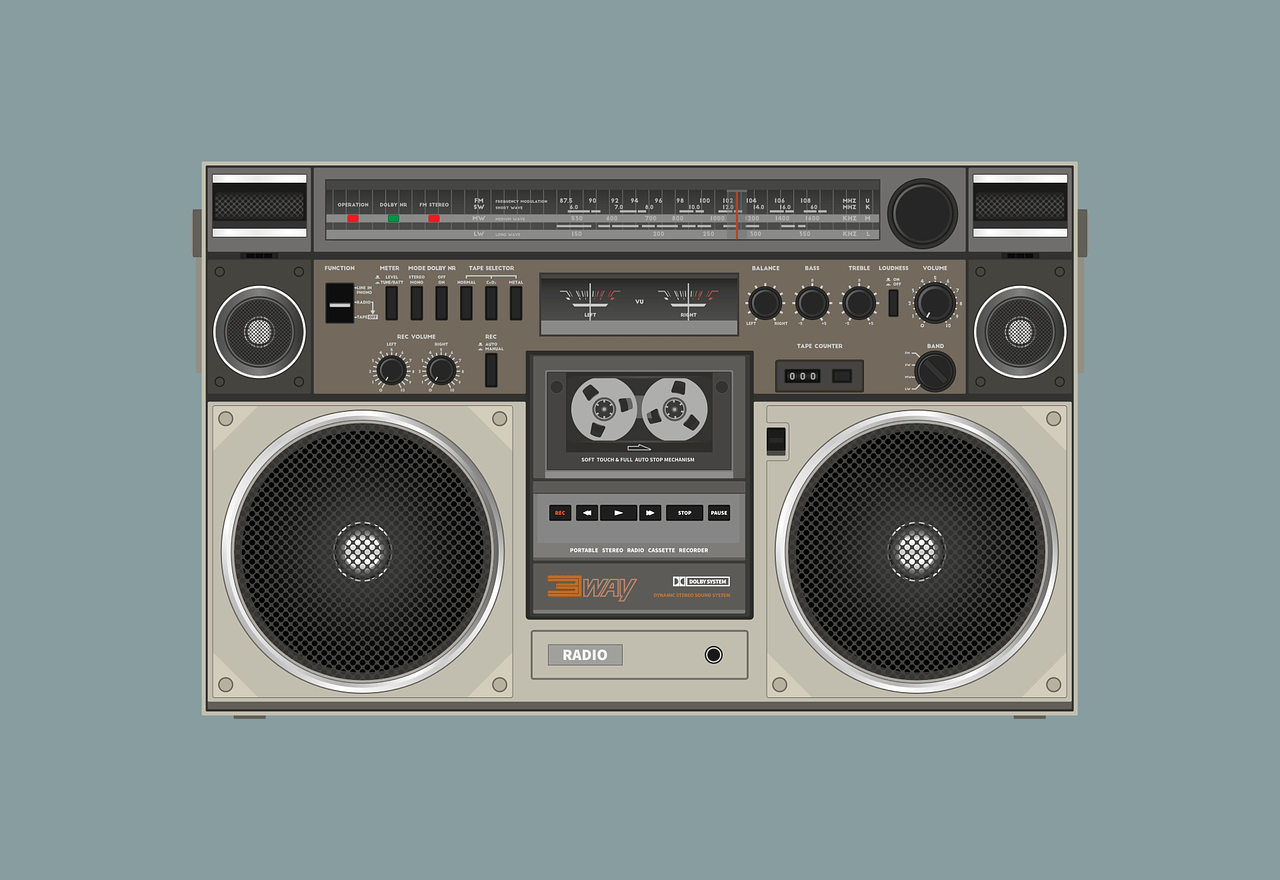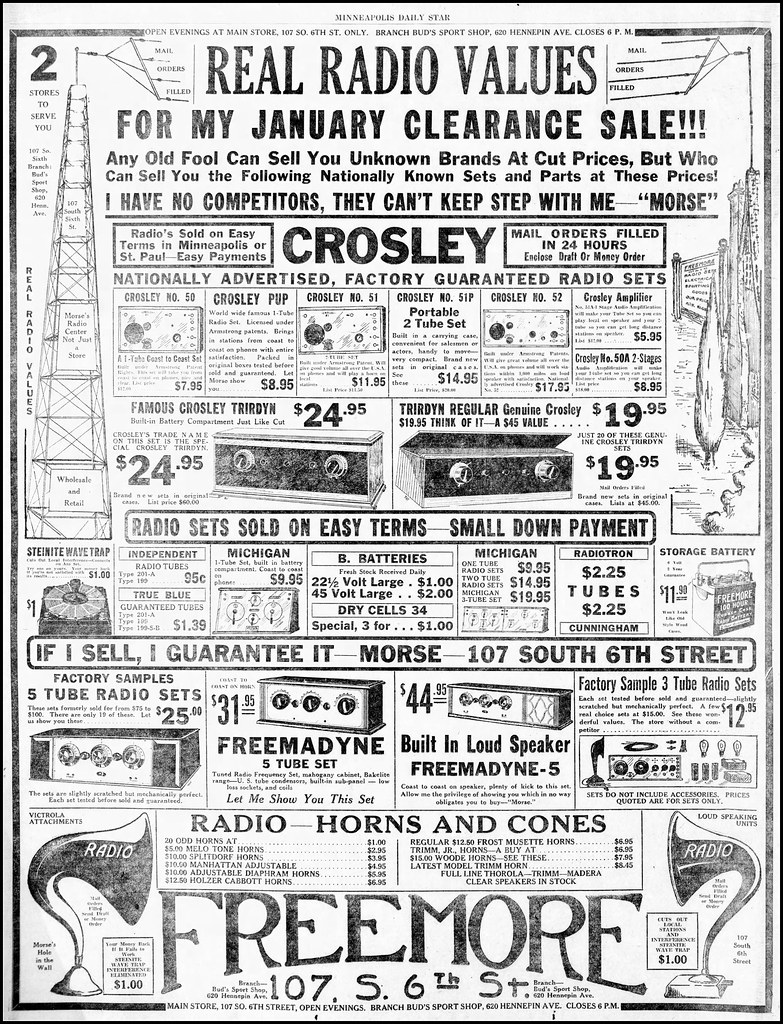
OOH advertising is a great way for brands to raise brand awareness, increase recall values and grow sales. It has a wide reach, is one of the least intrusive forms of advertising, and provides advertisers with a wide range of opportunities.
Digital out of home advertising's latest innovations make it possible to measure campaign performance. DOOH can now offer advertisers a more personal experience. Advertisers have the option to target specific audiences or use real-time information like weather and flight arrivals in order to launch campaigns that reach the right audience at the right moment. To measure the effectiveness and performance of their ads, marketers can use sensors and cameras provided by Quividi.
Bus advertisements are one the most obvious types of OOH. These ads track people's daily travels and can reach a large audience in areas without other media. They can be strategically placed in order to attract many consumers and generate lots buzz for the advertiser.

Another important type of DOOH is large format. This medium includes billboards, bus shelters, and city sidewalks. No matter the format, DOOH ads are able to engage and make a lasting impression.
Street furniture and mall displays are other examples of OOH. While these examples may not be as flashy as the new digital screens, they have a long and storied history of effectiveness. For example, the visit Seattle campaign used bus advertisements to reach a diverse audience.
The popularity of digital advertising out-of–home is on the rise. Advertisers can make an incredible impression with mobile and programmatic DOOH. Advertisers can target specific locations and routes with mobile billboards to maximize their ad exposure. Programmatic ad-buying allows for ad segmentation. This allows for greater spend to be justified. Advertisers can track traffic patterns anonymously using location observation data. This allows them to create mobile ad IDs which can be used in conjunction with other forms marketing.
An interactive DOOH campaign can be a smart way for your brand to stand out from the rest. A retail brand could use DOOH to generate top-of-mind awareness for a new product and then follow up with mobile with a targeted message.

To create an effective campaign, it's important to understand the best way to implement OOH. Having a team with knowledge of the industry will be beneficial to your overall campaign. There are many. Contact an OOH specialist to learn more about how your company can benefit.
There are many other ways to increase the effectiveness of your OOH strategy. These include targeting specific demographics or using a SaaS-based platform to simplify the campaign management. It's important to know the ultimate goal of your campaign before you can do anything else.
OOH ads should be eye-catching, simple and engaging. You can grab attention with the right visuals. At the end of the day, the most important thing is to get the word out about your brand and products.
FAQ
Advertising is what?
Advertising is an art form. It's more than just selling products. It's all about creating emotional connections between people with brands.
Advertising is about telling stories and using images to communicate ideas.
Communication must be clear and persuasive. Also, you must share a story which resonates with your target markets.
Advertising is therefore distinct from other forms communication such as writing and public speaking.
A successful ad campaign is a way to establish a brand identity.
This is how memorable you can be. You become someone who people want to remember.
What is an ad-campaign?
A campaign is a series advertising messages that are designed to promote a product. This could also include the entire production of these ads.
The term "ad" comes from the Latin word for "to sell." The first known use was by Marcus Terentius Varro (116-27 BC), who used it as a verb meaning "to make a sale."
Large companies or agencies usually do advertising campaigns. Many media types can be used in these campaigns, including television, radio and print.
Advertising campaigns are typically long-lasting and have clear goals. One example is that some campaigns seek to create awareness while others are more focused on increasing sales.
How do I choose my target audience?
Begin with you and your closest friends. Do you not know where to start? Ask yourself "Whom do I want to reach?"
Ask yourself these questions: Who are the most influential people in my industry? What problems do they have to deal with every day? What are their top talents? Where do they hang out online?
Rewind to the beginning, when your business was founded. What was your motivation for starting? What problem were you able to solve and how did this happen?
These questions will enable you to identify your ideal client. This will allow you to learn more about your ideal customers and their motivations for buying from you.
Look at your competitors' sites and social media pages for clues as to who they cater.
Once you have identified your target customer, you need to decide the best channel to reach them. You might, for example, create a website to target home buyers if you offer services to real-estate agents.
If your company provides software to small businesses, you might consider creating a blog for those owners.
A Facebook page could be created for clothing sellers. If you own a restaurant, you can set up a twitter account to provide information for parents searching for child-friendly options.
It is important to remember that there are many methods of getting your message across.
What do you need information about print advertising
Print advertising is an effective way to reach consumers. Print advertising is used extensively by companies to promote their products or services. The main goal is to catch the attention and buy from the consumer.
Print ads are usually one page in length and can include text, images and logos. You may also find sound, animation, video and hyperlinks.
Here are the main types and classifications of print advertising:
1. Brochures - These are large format printed pieces designed to attract people into stores. Brochures often feature eye-catching designs and colorful photos.
2. Catalogues - These are smaller versions of brochures. They are sent to customers who have requested specific information.
3. Flyers - These are small pieces of paper distributed at events such as concerts and fairs. Flyers can be handed out at retail outlets for a small fee, but are generally free.
4. Posters - These are larger versions of flyers. They are displayed on walls, fences, and buildings. These are often created with computer software programs to grab the attention of passersby.
5. Direct mail - These are letters or postcards that are sent directly to potential customers. These cards are sent by companies periodically to remind their customers about their company.
6. Newspaper Ads – These are ads that appear in newspapers or magazines. They are usually quite long and contain both text and images.
What information do you need about internet advertising
Internet advertising is a key part of any business strategy. It allows businesses to reach potential clients at a low price. There are many types of internet advertising. Some advertising is free and others are paid.
There are many ways to advertise online, including pop-up ads and banner ads. Each method has its pros and cons.
Radio advertising: What are your options?
You should understand how the different types of media affect each other. Remember that media can complement each other and are not necessarily competitive.
Radio advertising is best when used in conjunction with television. Radio can complement TV advertising by reinforcing key messages, and providing additional information.
For radio listeners, TV commercials can often be too long. Radio ads are usually shorter and less expensive.
What is affiliate market?
Affiliate marketing is an online business model where you earn commissions by referring customers to products and services sold on other websites. You get paid by the product owner when someone buys from them.
Affiliate marketing relies on referrals. Referring people to your website is all that's required. All they have to do is to refer them the website.
You can make money without doing any hard selling at all. It's just as easy to sell as it is to buy.
An affiliate account can be created in minutes.
You will get more commission if you refer more people.
There are two types.
-
Affiliates who are the owners of their own websites
-
Affiliates that work for companies offering products and services.
Statistics
- It collects money from the advertisers, keeps 32% for its role in facilitating the process, and the remaining 68% goes to the publisher (you). (quicksprout.com)
- It's 100% reliant on your website traffic. (quicksprout.com)
- In 1919 it was 2.5 percent of gross domestic product (GDP) in the US, and it averaged 2.2 percent of GDP between then and at least 2007, though it may have declined dramatically since the Great Recession. (en.wikipedia.org)
- Advertising spending as a share of GDP was about 2.9 percent. (en.wikipedia.org)
External Links
How To
How to make sponsored ads on Facebook
Facebook has been one of the most popular social media platforms. Globally, there are 1.79 Billion active monthly users. This number continues to grow every day.
Facebook is completely free. However, you will need to pay to reach your target audience. Paid advertising options include promoted posts and banners.
Log in to your existing application if you have one. Click "Create New App" if you don't have an app already registered. These are the steps to follow:
-
Under the Apps section, click "Add Platform".
-
Click Next, and select Advertising.
-
Please fill out this form and send it back.
-
After approval, you will be issued a Client ID as well as a Secret Key. Copy them down.
-
Add the keys to the appropriate fields.
-
Enter the name of your campaign, and then select the currency.
-
Click "Begin Campaign"
-
Follow the instructions until you see the first banner. The URL will be copied and you can return to Facebook.
-
Paste the code into Facebook's box.
-
Click on "Save Changes"
-
Your ad must now be live
-
Repeat steps 10 through 12 for each additional banner you want to create.
-
Click "Continue" when you're done.
-
Finalize the creation of your ad groups.
-
Once complete, click "View All Ads" to see all of your campaigns.
-
Click the "Remove Advertisements" button next to any ad.
-
If you are not seeing results after running your campaign check that you have followed the directions.
-
Be sure to verify the date range of your campaigns.
-
Make sure you set your budget appropriately.
-
Save your changes.
-
Before you click "Submit", please review the settings.
-
You can wait for your ads on your timeline to appear.
-
Congratulations on a job well done!
-
Let's now take a look at some tips that can help you improve your results.